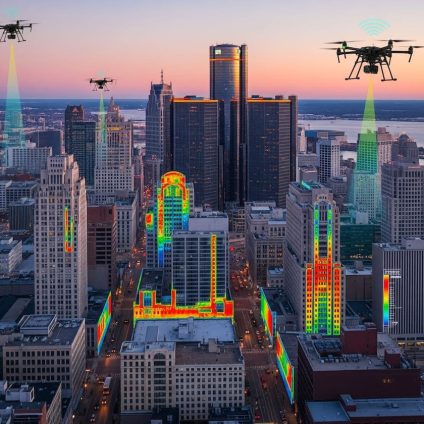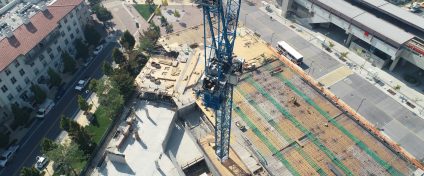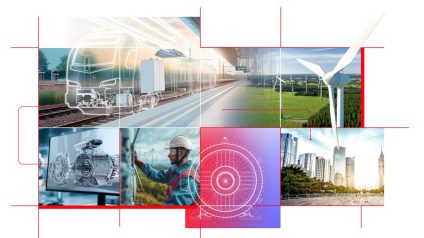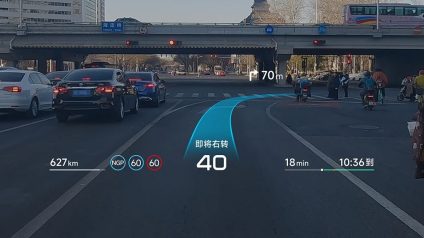A pilot project launched in Detroit uses drones to map thermal inefficiencies in buildings, improving energy savings while cutting costs and intervention times.
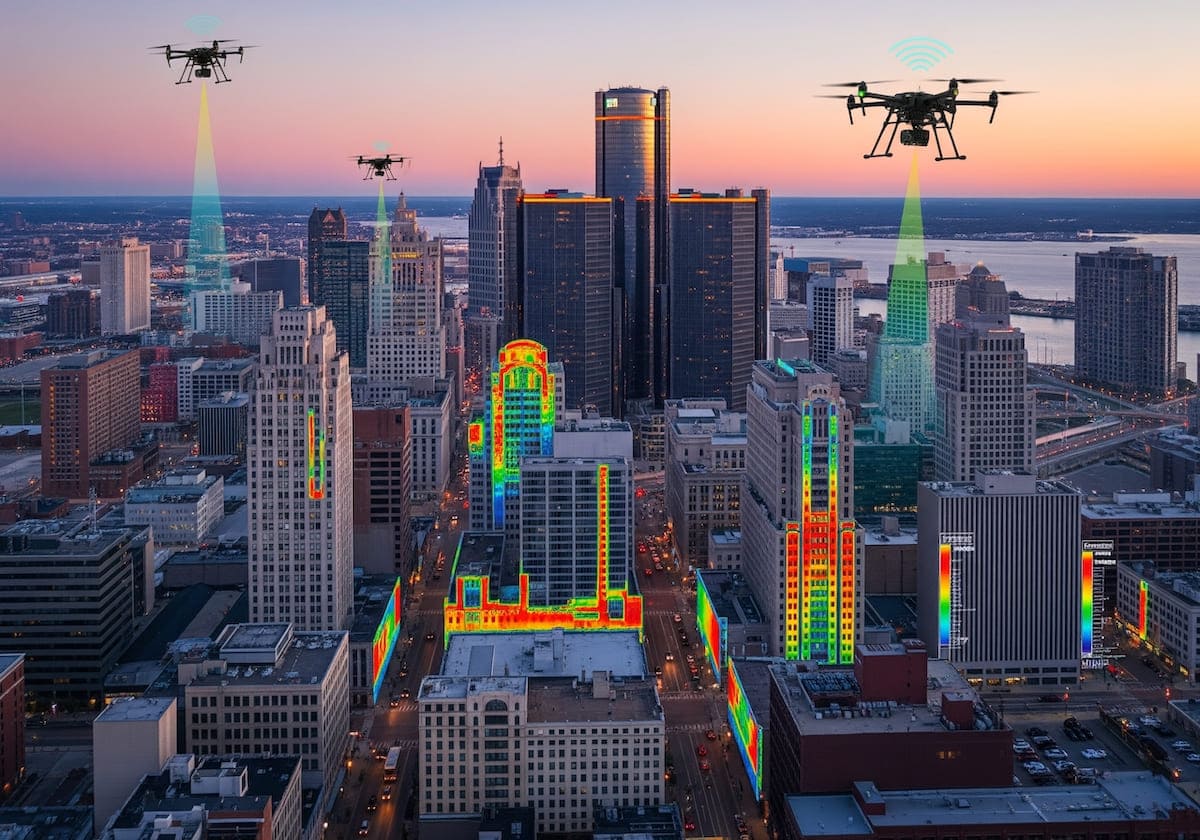
Building energy efficiency with drones tested in Detroit pilot project
Drones are taking on a strategic role in the building sector, pushing the boundaries of energy efficiency and innovation. Beyond their use in logistics or 3D-printing repairs at height, these flying machines now show untapped potential in urban sustainability.
One of the most promising examples is a pilot project developed by Lamarr.AI, a U.S.-based company specializing in AI for construction. In partnership with Michigan Central and Newlab, the project is using drones to carry out advanced energy diagnostics on buildings. The goal is to identify thermal inefficiencies in public structures and enable precise, on-demand energy maintenance.
AI-powered drones spot energy leaks in buildings
Backed by Michigan’s Advanced Aerial Mobility Action Fund, the initiative operates within the Advanced Aerial Innovation Region (AAIR), a real-world drone testing zone at Michigan Central. The city of Detroit plays a key role by providing thermal imaging data from several public buildings.
At the core of the project is a proprietary AI platform developed jointly by MIT, Georgia Tech, and Syracuse University. This platform autonomously processes drone-collected data to generate detailed thermal 3D models and energy simulations.
By analyzing these models, the platform can pinpoint heat leaks, assess structural conditions, and guide efficient retrofits, ultimately cutting energy waste and improving performance.
“This partnership shows the power of cross-sector collaboration: bringing together public entities, startups, and infrastructure partners to accelerate real progress toward sustainability,” said Dr. Tarek Rakha, CEO and co-founder of Lamarr.AI.
“By combining 3D thermal mapping, artificial intelligence, and performance simulations, we make the invisible visible. We detect inefficiencies and deliver actionable data to scale retrofitting across the urban landscape. Detroit is leading by example, and we’re proud to support this vision with cutting-edge tools built for impact.”
A city’s energy flaws, seen through drone vision
In just a few days of operation, the pilot project identified over 460 thermal faults in Detroit’s public buildings, including poor insulation and signs of water intrusion. Conventional methods would have taken weeks to achieve similar results.
The thermal data was mapped onto 3D models and matched with energy simulations, showing that targeted upgrades could reduce HVAC energy use by up to 22% across all buildings analyzed.
Following the initial scan, the AI platform generates a retrofit report recommending improvements like better wall and roof insulation or the replacement of defective windows, all aimed at increasing comfort and cutting energy bills.
By merging the efforts of Detroit’s public agencies, local startups, and infrastructure partners, Lamarr.AI’s project demonstrates how drones can play a direct role in decarbonizing the built environment through collaborative innovation.


